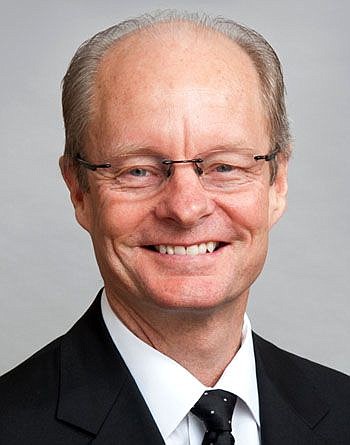
Brooklyn’s expansion with apartments, retail and grocery stores, restaurants and a public park scheduled with dozens of events might lead to a diet.
A road diet.
Alex Coley, the Hallmark Partners principal in charge of developing 220 Riverside, told members of the Urban Land Institute North Florida District Council on Tuesday night that Riverside Avenue is six lanes in the area where the bulk of the new development is underway.
That development includes the 220 Riverside project, which is a seven-story, 294-unit apartment development and 18,000 square feet of retail space. Its area includes Unity Plaza, a public park and amphitheater.
Next to 220 Riverside are Brooklyn Station on Riverside, a Fresh Market-anchored retail and restaurant center. Behind Brooklyn Station is Brooklyn Riverside, a 310-unit apartment complex.
Those developers are focusing on “walkability,” or the opportunity and encouragement of residents and visitors to reach their homes, services, stores and entertainment on the ground rather than by cars.
Coley noted the expanse of Riverside Avenue might not be as conducive to that as it could be.
“A road diet might be” needed along Riverside Avenue, he said.
A road diet is the adjustment of a roadway to reduce and perhaps widen lanes of traffic while encouraging more space for bikes, pedestrians and turn lanes, for example.
It’s not the first time it’s been suggested.
Downtown Vision Inc. reported in October that discussions were occurring about a Riverside Avenue road diet, under the heading of “connectivity/walkability.” DVI also updated the road diet envisioned along Riverplace Boulevard on the Southbank.
DVI said preliminary design work is underway to update Riverplace Boulevard from Prudential Drive to the Museum of Science & History, including bike lanes, landscaping and traffic calming. It said funds were earmarked through the Southbank tax increment financing funds over the next three years.
Coley referenced the Riverside Avenue road diet during a discussion with CBRE Inc. Jacksonville Managing Director Tripp Gulliford. Kerri Stewart, a partner and senior vice president with Infinity Global Solutions, moderated the discussion.
About 165 ULI members and guests attended the event at the Hyatt Regency Jacksonville Riverfront.
Members also heard from Andrew Warren a PwC director who provided a national overview of ULI’s “Emerging Trends in Real Estate.”
Of the 75 major U.S. markets to watch for real estate prospects, Jacksonville ranked No. 55. Houston was No. 1 and Buffalo, N.Y., was No. 75. Miami, at No. 19, was the highest-ranked Florida city.
In general, real estate markets nationwide have been improving, even to the point that there are some concerns about an impending “bubble,” raising flags about the last occurrence during the financial crises and recession of 2007-09.
While no “bubble” was identified, there was a suggestion in the national report that vigilance is necessary. “Upcycles breed optimism, but excessive optimism can promote recklessness,” said the report.
Yet, the report said it hadn’t found overbuilding or excess leveraging “gathering steam.”
“The industry looks like it has learned some lessons in self-regulation and self-correction,” it said.
Coley and Gulliford said they saw no real estate bubbles in Jacksonville.
Gulliford said the lack of over-development and the prudence of lenders kept a bubble in check.
“We haven’t seen a frothiness here in North Florida,” he said.
The report also focused on “the 18-hour city,” defined as a downtown area that’s quiet at night but active most of the day with housing, retail, dining and walk-to-work offices. The Emerging Trends report cited cities such as Raleigh-Durham and Charlotte, N.C.; Nashville; Greenville and Charleston, S.C.; Denver; Atlanta; and Portland, Ore., as examples of 18-hour cities.
While Brooklyn is designed as a precursor to that, Coley said Jacksonville isn’t there yet.
“We’re a long, long way from being that,” Coley said. “We’re a generation away from being an 18-hour city.”
Gulliford said the Brooklyn development could help make that leap, explaining that 220 Riverside and its neighboring developments could be a catalyst.
@MathisKb
(904) 356-2466